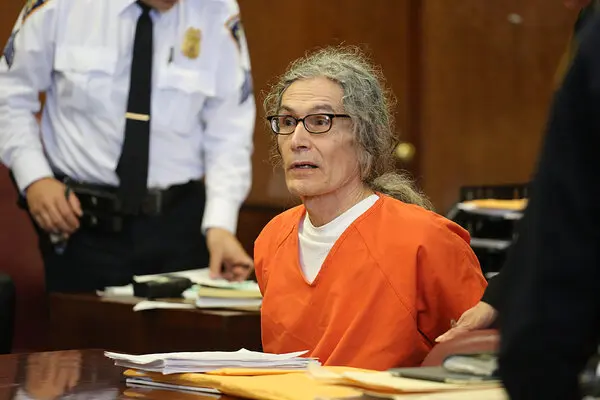The Dark Legacy of Rodney Alcala: A Closer Look at the “Dating Game Killer”
Rodney Alcala, infamously known as the “Dating Game Killer”, remains one of the most notorious and prolific serial killers in U.S. history. Alcala’s heinous crimes span over a decade, leaving an indelible mark of terror and heartbreak. His chilling persona, combined with a twisted game of deception, not only led to numerous lives being taken but also exposed gaping holes in the justice system that allowed him to elude capture for far too long.
Early Life and the Path to Darkness
Born Rodrigo Jacques Alcala Buquor in San Antonio, Texas, in 1943, Rodney Alcala’s life started in a seemingly ordinary manner. However, by his teenage years, signs of deviant behavior began to surface. His family relocated to Los Angeles after his father abandoned them, and it was here that Alcala’s behavior took a darker turn.
In 1961, Alcala joined the U.S. Army, but his military career was short-lived due to a nervous breakdown. After being diagnosed with anti-social personality disorder, Alcala was discharged and returned to civilian life, hiding behind a façade of charm and intellect while harboring increasingly violent tendencies.
The First Signs of Violence
Alcala’s crimes first came to light in 1968, when he was arrested for the brutal rape and beating of 8-year-old Tali Shapiro in Los Angeles. After luring the child into his car, Alcala viciously attacked her. Fortunately, a passerby witnessed the abduction and alerted police, saving Shapiro’s life. However, Alcala managed to evade law enforcement by fleeing to New York, where he assumed a new identity and enrolled in NYU’s film school, studying under Roman Polanski.
During his time in New York, Alcala would continue to prey on young women. His transient lifestyle, coupled with the lack of advanced forensic technology, allowed him to fly under the radar for years, all while committing more heinous acts.
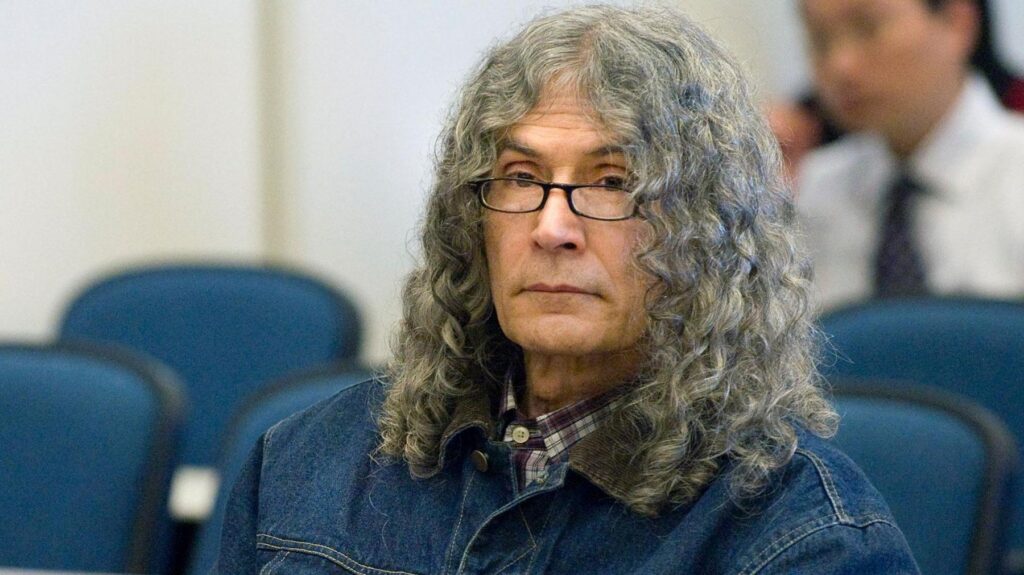
The “Dating Game” Appearance
One of the most disturbing aspects of Alcala’s story is his appearance on the popular television show The Dating Game in 1978. While Alcala was in the midst of his killing spree, he appeared as Bachelor #1 on the show, showcasing his charm and wit. He ultimately won the date, but the woman who selected him later declined the outing, citing Alcala’s “creepy” vibe. Little did she know, she had narrowly escaped becoming one of his victims.
This shocking event highlights Alcala’s ability to blend in and manipulate those around him, hiding his true nature behind an outwardly affable persona.
The Gruesome Murders
Alcala’s confirmed murder count stands at eight, but investigators believe he could be responsible for dozens more. His methods were particularly brutal, often involving prolonged torture. Alcala, who had a penchant for photography, would often lure his victims by offering to take their pictures. Many of these victims were young women, though his youngest known victim was just 12 years old.
What set Alcala apart from other serial killers was his tendency to “toy” with his victims. He would strangle them until they were unconscious, revive them, and repeat the process, prolonging their suffering. This sadistic pattern of torture speaks to his deeply disturbed psyche and the pleasure he derived from the control and manipulation of his victims.
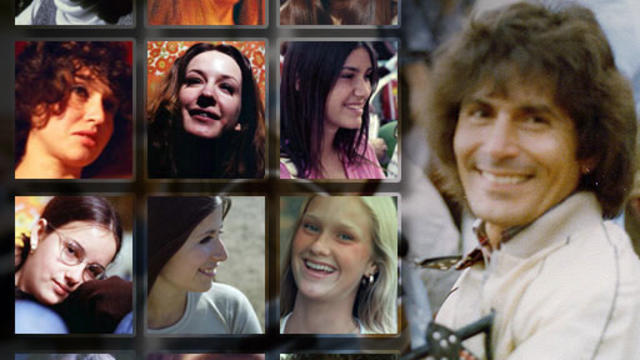
The Arrest and Trial
Rodney Alcala’s reign of terror came to an end in 1980, when he was arrested for the murder of Robin Samsoe, a 12-year-old girl from Huntington Beach, California. Witnesses reported seeing Alcala talking to Robin before her disappearance, and a police sketch led to his identification and eventual capture. The discovery of Alcala’s “trophy” collection of photographs and earrings—some belonging to his victims—sealed his fate.
However, justice was not swift. Alcala’s case underwent numerous appeals and retrials over the decades. Initially sentenced to death in 1980, Alcala’s conviction was overturned twice due to procedural errors before he was finally sentenced to death again in 2010. In that trial, DNA evidence linked Alcala to four additional murders.
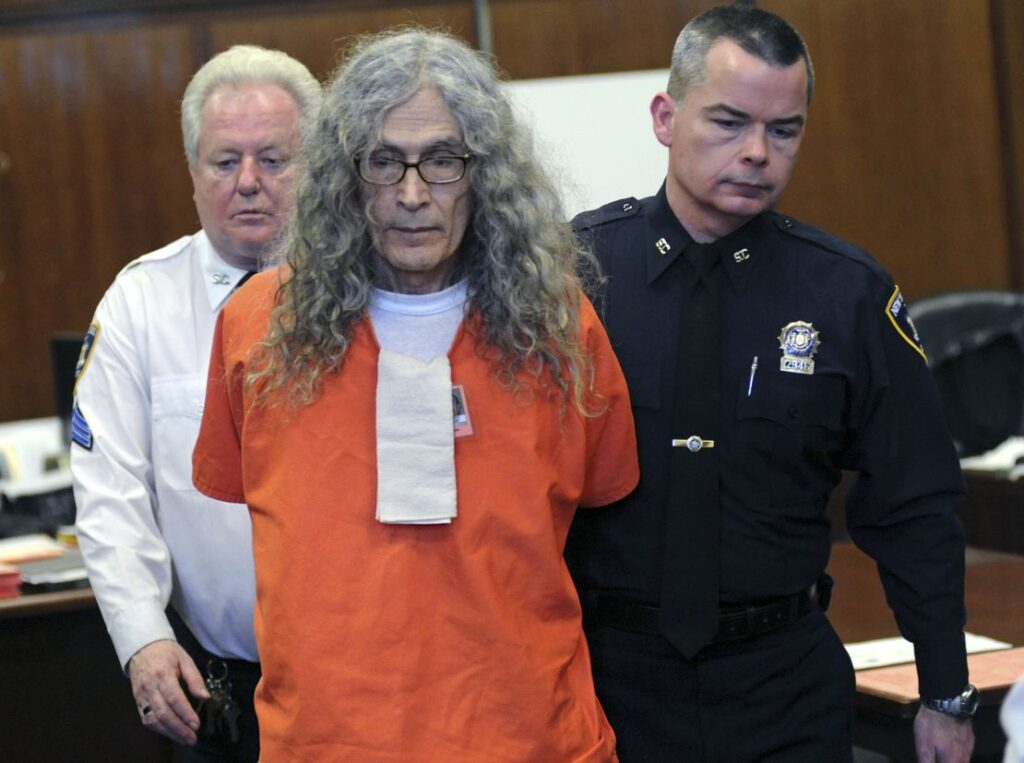
The Haunting Legacy of Rodney Alcala
Rodney Alcala’s crimes left an enduring legacy of fear, sorrow, and unanswered questions. As one of the most sadistic serial killers in American history, Alcala’s ability to evade law enforcement for so long and his chilling appearance on national television shocked the nation.
Beyond the confirmed murders, investigators believe Alcala could be responsible for as many as 130 killings. His collection of over a thousand photographs of young women and men, some of whom remain unidentified to this day, has led to the chilling possibility that many more victims remain unaccounted for.
Alcala’s death in 2021 while on death row did not bring closure for many of the families affected by his monstrous actions. The photos he left behind continue to haunt investigators and relatives of missing persons, many of whom still wonder if their loved ones fell prey to Alcala’s cruel games.
Lessons Learned and Systemic Failures
The Rodney Alcala case exposes critical failures in the justice system. Despite being a convicted rapist and violent offender, Alcala was released on parole in the early 1970s, allowing him to continue his killing spree. Law enforcement’s lack of coordination across state lines, combined with the absence of a centralized database for violent offenders, contributed to Alcala’s ability to operate undetected for so long.
Additionally, his ability to charm and manipulate those around him, including law enforcement officers and media figures, speaks to the danger of underestimating the manipulative power of sociopaths. Alcala’s story serves as a sobering reminder of the critical need for reform in how we track and monitor violent criminals, especially those with a history of sexual assault.
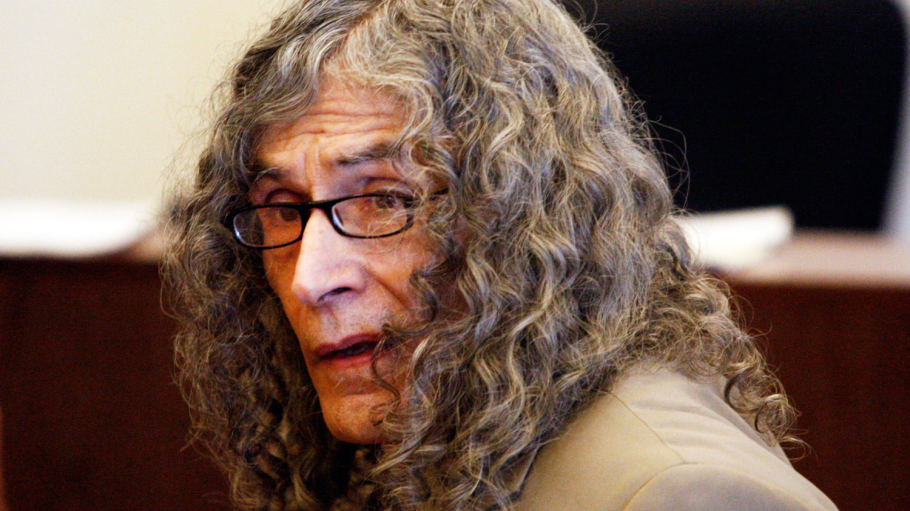
The Final Chapter
While Rodney Alcala may no longer be alive, the impact of his actions continues to ripple through society. His life and crimes serve as a grim reminder of the devastating consequences of unchecked evil. As investigators continue to review cold cases linked to Alcala, it is possible that more victims will be identified, and more families will receive the long-awaited answers they seek.
Alcala’s story is one of unimaginable cruelty, but it is also a testament to the resilience of those who survived his terror. In the face of such horror, many of his victims’ families have become advocates for justice reform, fighting to ensure that no other families have to endure the same pain.


